FT Global MBA ranking 2020: analysis
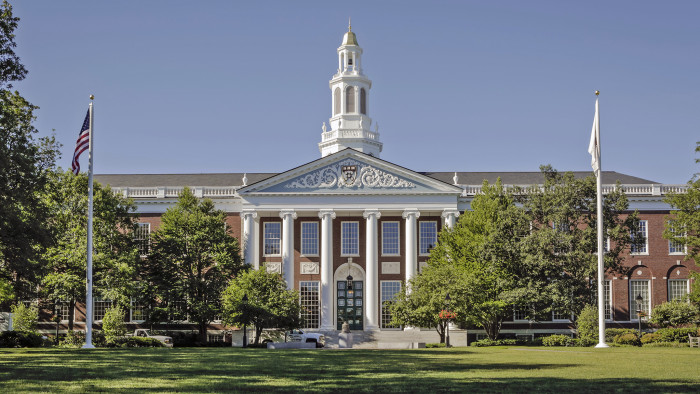
Roula Khalaf, Editor of the FT, selects her favourite stories in this weekly newsletter.
In these troubled times for the full-time MBA it will be reassuring to some business schools that traditional strengths such as the brand value of the institution providing the course still count for something.
There is change at the top of the FT’s global ranking of MBA courses, but this is largely a reshuffling of the established group of schools at the forefront of business education, all of which are the best-known names in their respective national markets.
As this year’s list shows, the MBA is now a truly global qualification, with schools around the world ranked among the best for their residential courses. However, global demand for the degree is down for the second consecutive year.
Financial Times MBA ranking 2020
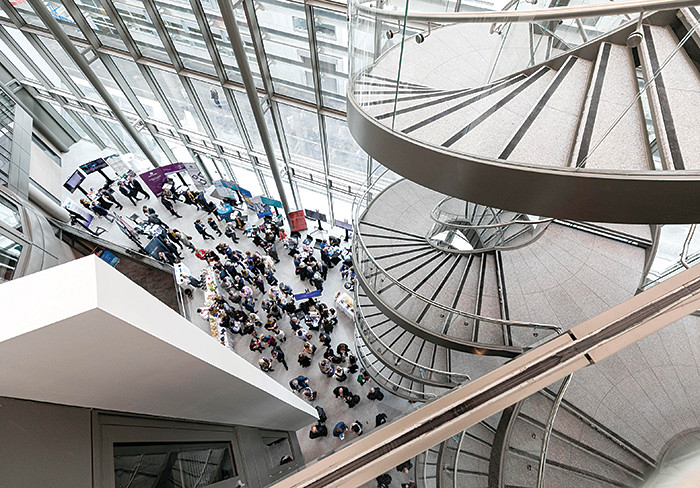
Find out which 100 business schools have made it to the 22nd edition of the FT MBA ranking.
More than half the business schools are from the US, followed by nine in China and nine in the UK.
Also, learn how the table is compiled.
The source of the problem is the US, where demand has been declining at most schools for five straight years, according to figures compiled annually by the Graduate Management Admission Council (GMAC), the exam administrator. Total MBA applications worldwide are down 6.9 per cent compared with 2018. Some 52 per cent of MBA courses covered in the survey reported declining applications compared with 40 per cent for whom numbers increased.
This has produced fragmentation, or what Sangeet Chowfla, GMAC president and chief executive, calls “regional islands of education”. Applicants are picking just one or two schools rather than three or four and are staying closer to home in these choices, he says.
This jars with the positive message of globalisation that business schools have been so keen to promote and reflects how the world has been influenced by the rise of populist leaders with nationalist agendas, Chowfla notes.
The new number one on the FT ranking is perhaps the best-known name when people mention MBAs: Harvard Business School (HBS), the architect of the case study teaching method at the heart of management tutoring.
The strength of the brand is obvious in the top 10 institutions on this year’s list. All but one are the same as in the 2019 ranking. However, this does not mean that success is a matter of simply repeating the same formula.
While there is consensus about the need for change in the full-time MBA market to counter falling demand, few can agree exactly about what needs to be done.
One of the main criticisms of MBA programmes, especially at high-quality schools which make the FT ranking, has been the escalation in tuition fees, which have risen above the rate of inflation for much of the past decade.
This year, HBS and the University of Chicago’s Booth School of Business have taken the radical step of freezing tuition fees for the current academic year.
It is not possible to judge from looking at the FT ranking list whether or not this was a wise strategy. Since these tuition fees were put in place, HBS has risen up the rankings but Chicago Booth has fallen.
Other US schools are also clearly happy to let tuition fees rise further, arguing that it is inevitable given the pressure to invest in world-class teaching facilities and faculty.
The University of California at Berkeley is a publicly funded school, so its tuition fees are much lower than its US peers. It continues to raise its MBA fees, this year increasing them from $61,506 to $64,652 for people coming to study from outside the state, because that is what the market drives top schools to do, according to Ann Harrison, the faculty dean.
“We are engaging in what all US universities do, which is price discrimination,” Harrison says. “All those that can afford to pay, do so.”
The primary issue for most deans at the top US schools is the tightening of work visa requirements for foreign students over successive White House administrations and the anti-immigrant rhetoric of the current president.
A group of 50 deans signed an open letter to the president, vice-president and main party leaders in the Senate and Congress in October, urging the removal of caps on the H-1B visa programme to allow more talented people to enter the country.
The letter also suggested the creation of a “heartland” visa that could encourage immigration to the regions of the US most likely to use the vitality of talented individuals.
The solution might lie in trying to ape other parts of the world, where the MBA market is relatively strong. Demand for the full-time degree is growing in Europe, according to GMAC. The notable difference here, aside from the more generous visa rules in many EU countries and the lower cost of their qualifications compared with the US, is the length of European teaching programmes, most of which last just one year rather than two.
For many MBA candidates, it could be that time is more valuable than money.
Top school: Harvard Business School
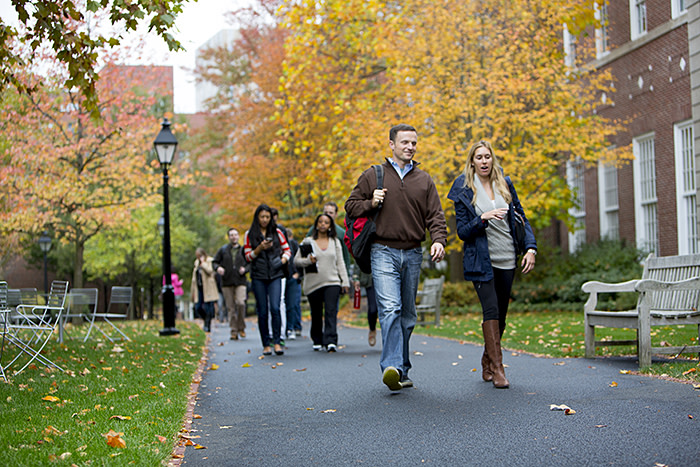
HBS is back at the top after four years thanks in part to a higher average weighted salary — an increase on last year from $205,486 to $210,110. For the 13th year, alumni of ranked schools also named it as the top choice institution from which they would recruit graduates. “Harvard has strong alumni base in key industries and a prestigious reputation among peer institutions and employers,” wrote one. Diversity also improved, with 43 per cent female students and 49 per cent women on the board.
Top for research: University of Pennsylvania: Wharton
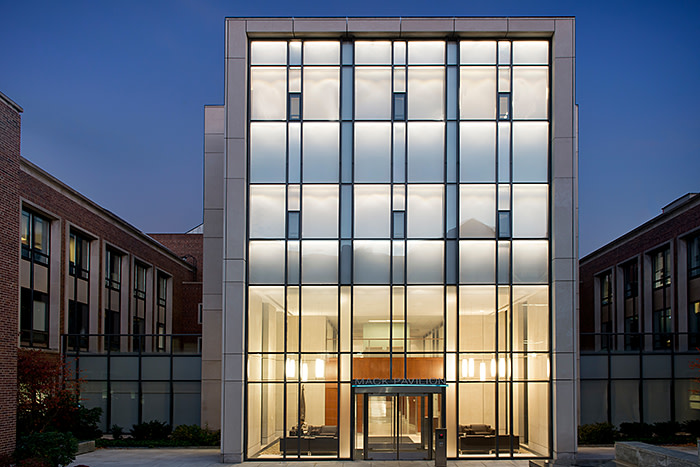
The Wharton School of the University of Pennsylvania rose two places to second overall in the MBA ranking. Among its strengths is the second highest weighted salary of $211,543, up from $197,267 last year. The school is also top of the research ranking, publishing the most articles by full-time staff in 50 selected academic journals between 2017-2019 (weighted by size of faculty). The school also leapt 15 places up the career progress ranking from 32nd to 17th position.
Highest salary: Stanford Graduate School of Business
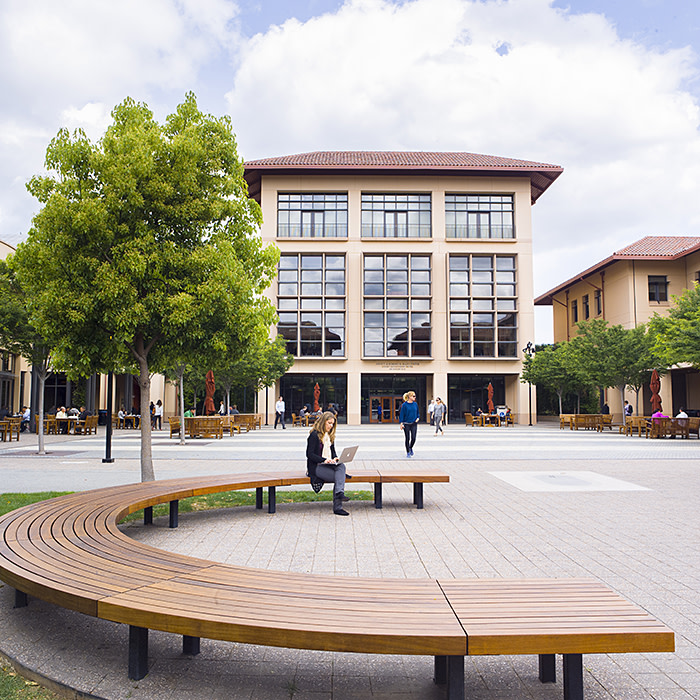
Stanford dropped two places to third overall but like last year, it is the highest ranked by weighted salary, at $222,625. The school is also top for career progress. However, its salary increase from before the MBA to three years after fell from 129 to 117 per cent and its value for money rank from 60 to 69. Survey respondents praised the school for good career opportunities and personal development. “Stanford changed the entire way I think about myself,” one graduate wrote.
Top for international mobility: IMD Business School
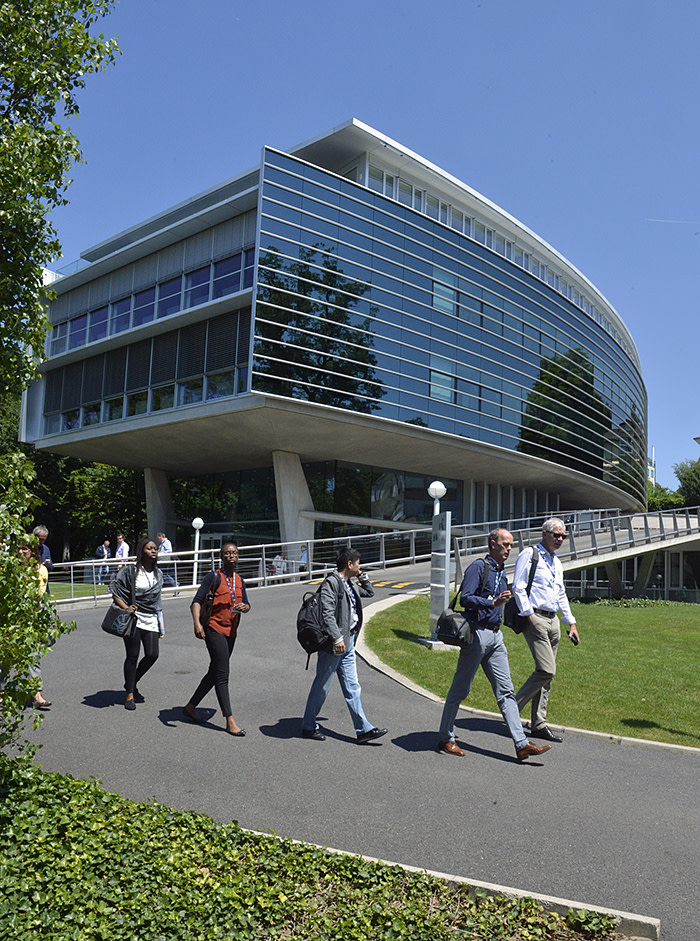
IMD in Switzerland has underlined its strength in the international mobility of its alumni, repeating last year’s top placing in a category based on mobility before their MBA, on graduation and three years after. The school is also number one for international faculty, at 98 per cent of the total. IMD is in the top 15 in the European Business School 2019 ranking and the top 20 for Executive MBAs. “[IMD] helped me to change function, industry and geography in one go,” one respondent reported.
Aims achieved: University of Florida: Warrington
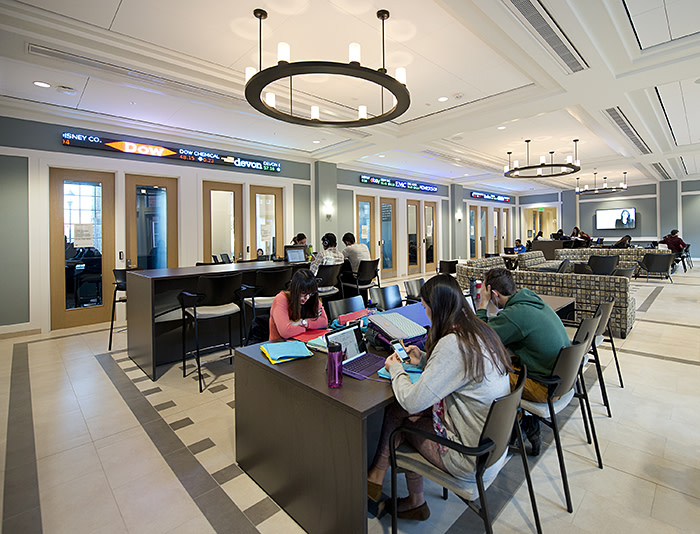
Warrington alumni did better at achieving a variety of aims — from working overseas to starting a company — than peers at any school in the 2020 ranking. Warrington is 34th overall, a rise of five places, and first for value for money. Careers support at Warrington was ranked second and cited by several alumni. “The career service . . . is out of this world. A small programme offers the ability to truly tailor recruitment support to your needs,” said one.
Top for career service: Renmin
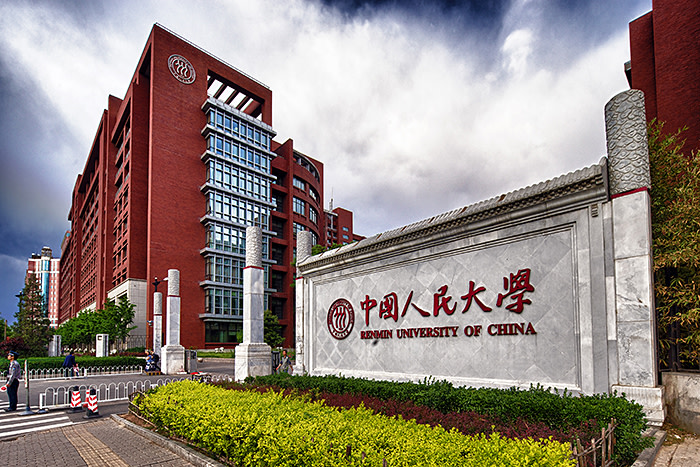
Renmin University of China Business School is number one for its career service and ranked second for career progress. The school, 38th overall, was also top for career progress in 2018. Renmin has one of the highest scores for aims achieved among Chinese schools, at 91 per cent, meaning that alumni fulfilled their stated reasons for doing an MBA. “I achieved changing my career to the field I wanted,” said one.
Top for salary increase: Shanghai University of Finance and Economics
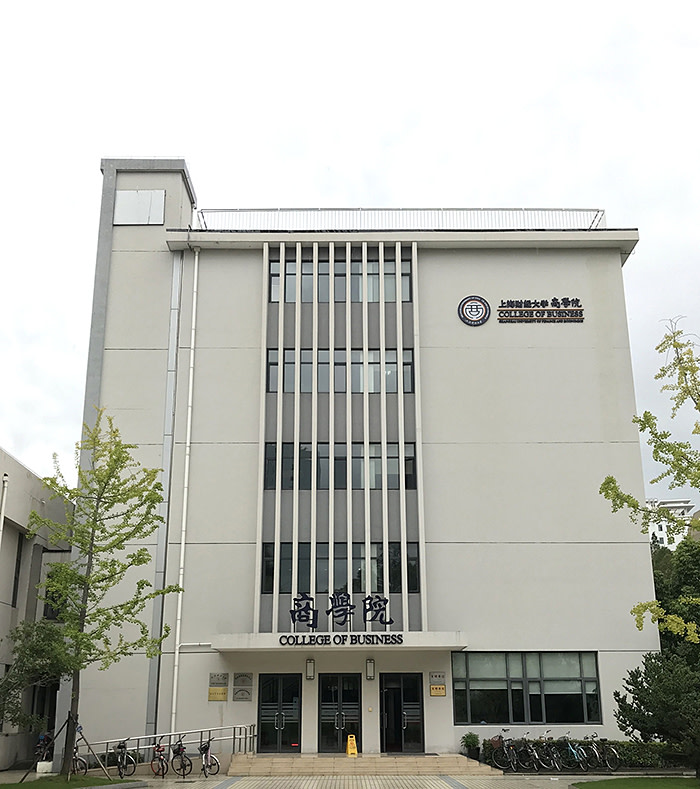
Alumni of the university’s College of Business report average salaries 216 per cent higher three years after graduation than before enrolment — yet the school ranks 77th for weighted average salary, at $119,531. As with many Asian schools, students receive lower salaries before their MBA. Alumni report good career progress and were shown to receive good value for money, coming fourth in the table for both categories.
Top for international students: RSM, Erasmus
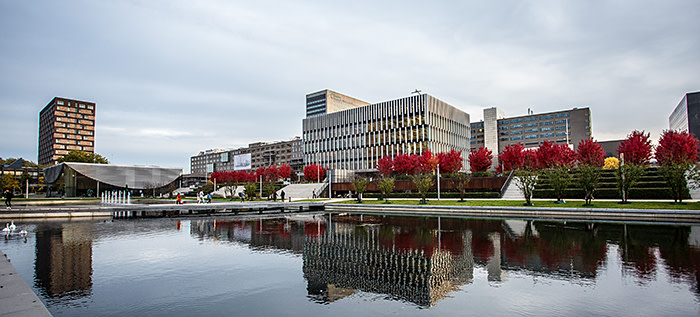
Rotterdam School of Management at Erasmus University in the Netherlands has a strong focus on developing business leaders with international careers. RSM is top in the international students category, with 99 per cent of the current MBA cohort coming from other countries. The school was also among the top 15 in the 2019 European Business Schools ranking. “For me, it opened the door to the European job market,” said one student.
Female faculty: UC at Irvine: Merage
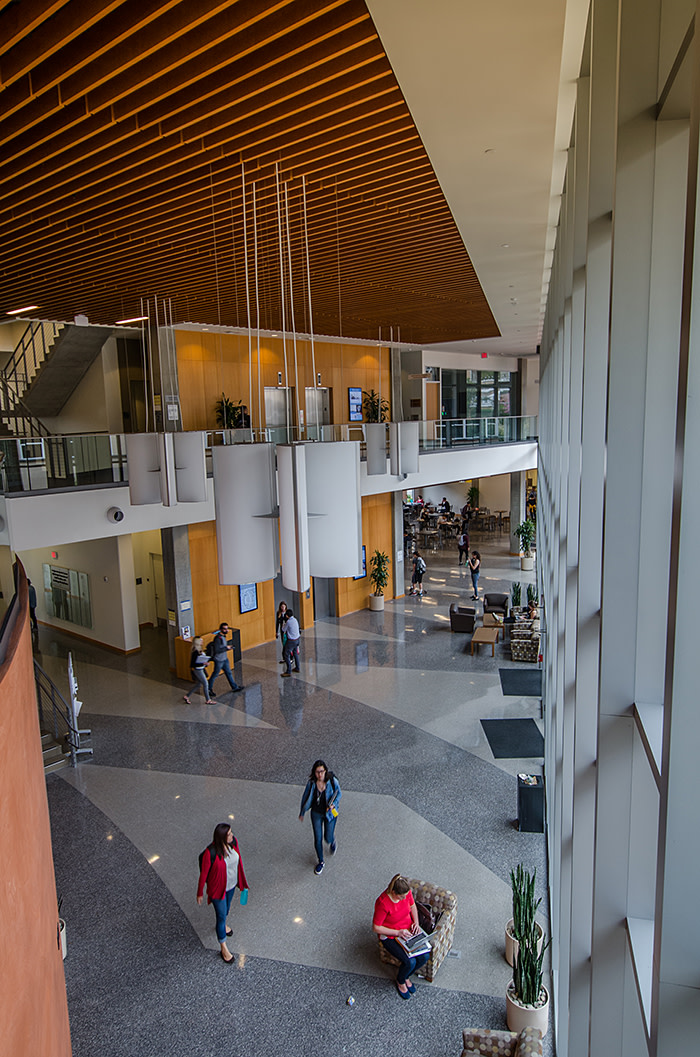
The University of California at Irvine: Merage is nearest to gender parity among faculty, at 45 per cent women. Yet this does not carry over to other categories, with women accounting for 27 per cent of students (down 10 percentage points from last year) and 32 per cent of board members. Merage is 65th overall, down 17 places from last year. The change in the alumni employment rate after three months is the main reason for this drop, having fallen from 85 per cent last year to 71 per cent.
Highest riser: George Washington University
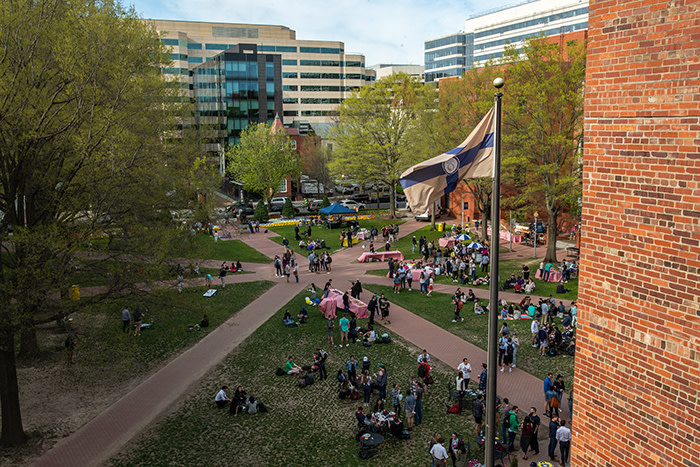
The university’s School of Business is the biggest riser this year, jumping 20 places to 70th overall and also 20 places to 75th for career progress. Alumni reported salaries on average 115 per cent higher from before the MBA to three years after. A growing number of foreign students cite the school’s attractive location for business and policy. Gender balance also improved, with female students increasing from 33 to 40 per cent of the cohort, as well as more women on the board and female faculty.
School profiles by Tatjana Mitevska, Leo Cremonezi and Andrew Garthwaite
Comments